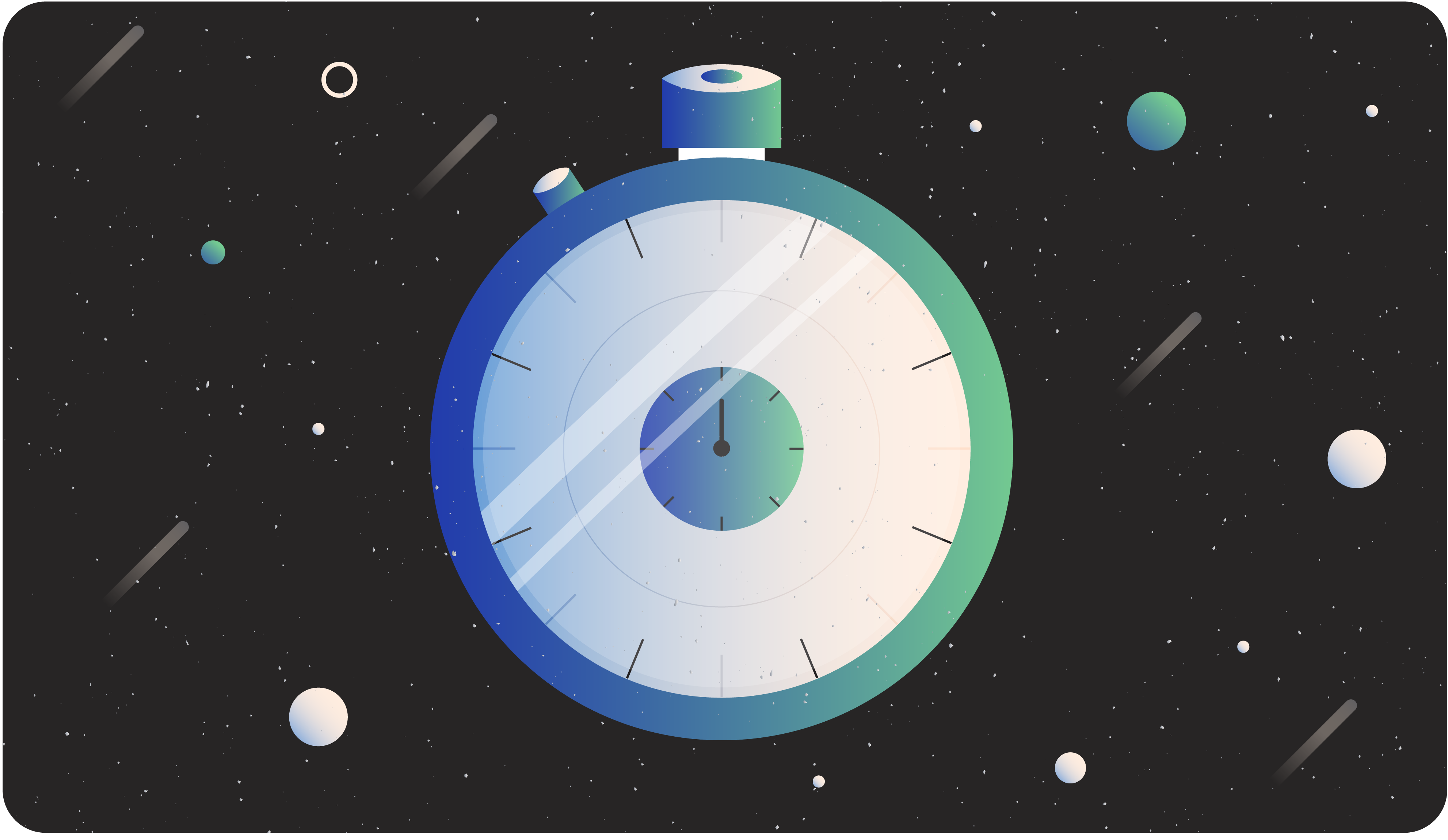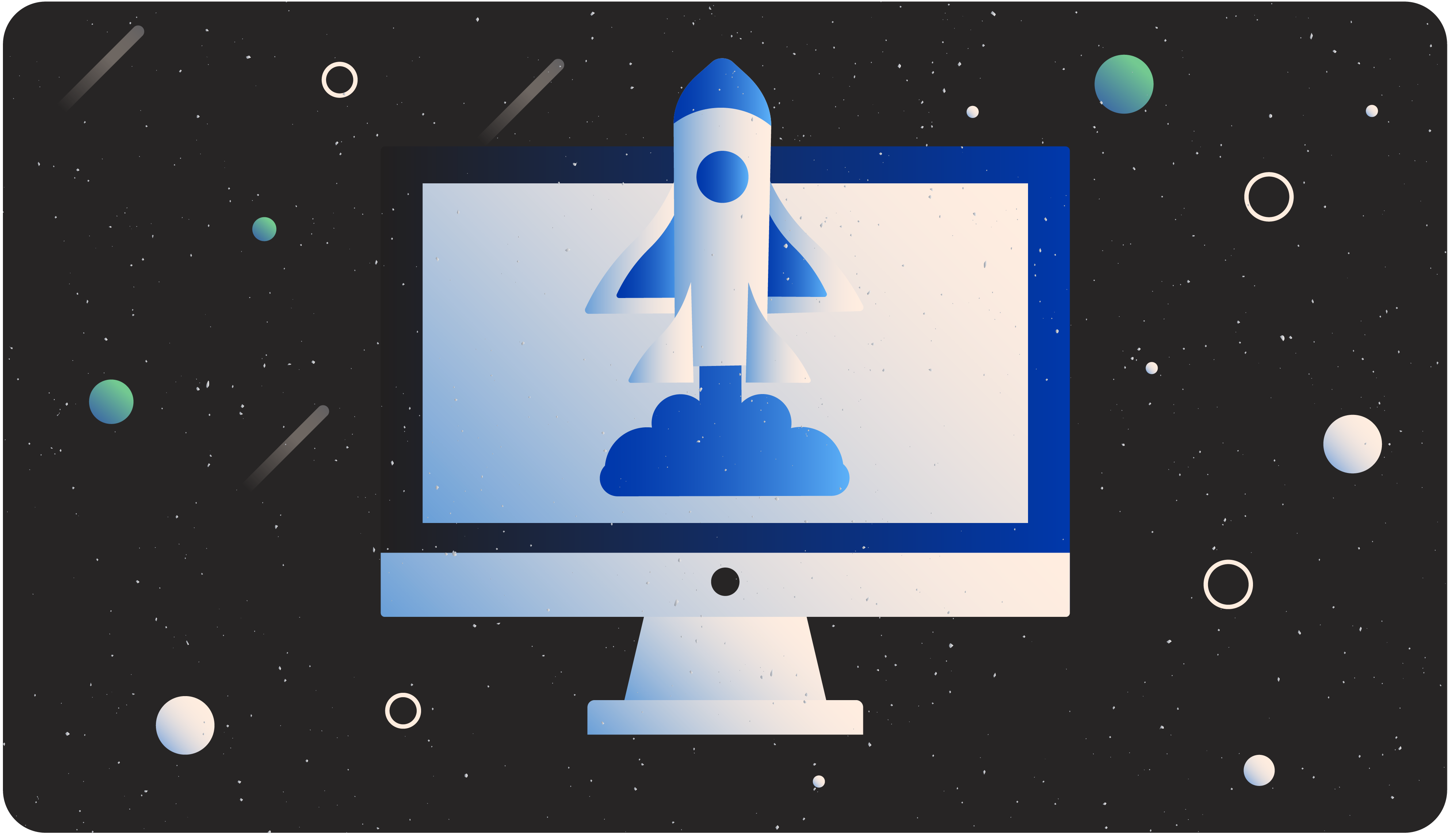Product Lifecycle Management without the stress and maintenance, thanks to Logik.io
Create guided, intuitive selling experiences with lightning fast speed for even your most sophisticated products
How does Logik.io's Commerce Logic Engine Supercharge Product Configuration?

Flexible & Intuitive
Give your sales reps the tool they need to deliver a quote for products and services that fit exactly what your customer needs. No more picking through part numbers and product lists. Let Logik.io guide every seller to the perfect solution.

Maintain a Single Source of Data
Logik.io enhances the "C" of Salesforce CPQ, and is built directly on the Salesforce platform and within the Salesforce data structure, so you can still leverage all your product data in one central place. Logik.io works right alongside your existing system.

Lightning Fast Speeds
Logik.io adds a proprietary solving engine to Salesforce CPQ built to handle advanced product configurations with split second speed speed for sales reps to produce quotes faster for every product, for every customer, every time.
Table of Contents
SECTION 1 Product Lifecycle Management
As any business owner knows, managing employees, customers, and offerings can be a lot to juggle.
Sometimes, things fall through the cracks, steps get overlooked or forgotten, and opportunities can be missed, especially when you're busy dealing with so many important things. Product lifecycle management (PLM) can help create more structure, transparency, and purpose to add some method to all the madness.
Product lifecycle management — also written as product life cycle management or called the product management lifecycle — is the process of managing the different stages that a product goes through throughout its life. Using a fixed set of stages, each with its own steps and objectives, can make it easier to know what to do at all times, so nothing gets skipped or missed.
Everyone has their own idea of what the different phases of product lifecycle management are. Some say that product lifecycle management has four phases: Product development/introduction, growth, maturity, and decline. Others consider there to be five: Concept and design, development, production and launch, service and support, and retirement. Some will even say there are seven: Ideation, validation, prototyping, marketing, development, launch, and improvement.
It's not uncommon to find different definitions of PLM and its phases. When it comes to the last list of the 7 stages of the product life cycle, some will argue that those are the steps for new product development, which is different and should be thought of separately. Others disagree believing that since the development of a product is where its life begins, it should be part of the product lifecycle.
You can pick whichever one fits your business best. Whichever model you choose, the goal is to simplify processes by following clear steps and product lifecycle management best practices. To get a better understanding of how it's used, you may want to look up some product lifecycle management examples that illustrate the method. PLM cloud can be a great resource for this.
SECTION 2 Product Lifecycle Management Tools
The product lifecycle management tools available today have been evolving for decades since the creation of the concept by American Motor Company.
It began as a tool for centralizing their product data and product designs like CAD files. It has been expanding outward into all areas of business ever since, as companies discovered its uses and benefits in other departments and processes.
The concept of a product lifecycle and a process to manage it have existed in one form or another for nearly a century. Phases like those we know today began taking shape in the late 1950s. However, it wasn't until 1985 that any computer system existed with the goal of keeping data in one place to improve productivity, which eventually evolved into the first PLM.
The internet only had 130 websites on it by 1993. It would be quite a while before most people knew how to use it. So, for at least the first decade, product lifecycle management books were pretty much the only way for people to answer questions like, "What is a PLM?" and "What is the PLM implementation process?"
Due to decades of digital advancement and the continuous growth and development of PLM software engineering, the PLM software tools currently on the market are much more advanced and have many more uses. Especially in the last few years, there have been a lot of impressive advancements. The benefits have made them nearly irresistible.
Thankfully, the internet has since evolved into the massive information repository that we know and love today. This has made it so that many more resources are available on-demand through internet searches or direct downloads. Now, information to guide businesses through their PLM implementation project plans is much easier to find.
SECTION 3 Product Lifecycle Management Software
That explains what the process of product lifecycle management looks like and how the first PLM system came into existence.
However, what is PLM software used for today? Well, product lifecycle management software is very complex now and capable of doing numerous things, many of which are considered crucial for business success by experts.
Product lifecycle management software, as the name suggests, is a software solution that helps businesses manage the product lifecycle. It stores all your product data in one place, so everyone can access a single source of truth. It aids with every step of the process from ideation, designing and development to engineering, manufacturing, and improvement through iteration. It can even help with pricing, marketing, selling, and retiring products.
Product lifecycle management software helps store and share data to keep everyone on the same page, speed up processes and increase productivity, and makes tracking and finding product information a snap. There are several PLM software companies that have great options available including Oracle PLM, SAP PLM, Arena PLM, and Windchill PLM.
Every company is different, so find the best option for your business. Any of the options on the latest top PLM software list will support most current PLM strategies. If you need a solution that fits your niche or works with a specific tool you use, you can search for information on that specifically (i.e., best software to manage the product life cycle in marketing or best PLM software for SolidWorks).
It can take time to find the perfect solution, so don't rush the process and do your research thoroughly. Once you narrow down your options to a shortlist, looking through a few product lifecycle management software examples can help you get a better idea of which option best fits your needs.
SECTION 4 Product Lifecycle Management Course
Having a complex software solution means it's capable of doing more and will have more benefits for your business.
However, it can also mean that it takes more time to learn how to use it properly. The more helpful features and tools you have access to, the more things you need to learn how to set up and use effectively.
With that in mind, you may want to consider investing in a product lifecycle management course to master the PLM basics and beyond. This will ensure that you can get the most out of the software you choose and set it up to effectively provide the most benefits to your business, your teams, and your customers.
The kind of course you should invest in will depend on your level of knowledge, technical abilities, and what you're looking to learn more about. If you aren't very well-versed in the basics of product management, full courses are available to teach you everything you need to know before you get the software to help you do it.
If you need to be able to prove your credentials, there are PLM certification courses available. Those tend to have requirements like passing a test and proving a certain depth of knowledge. If you decide to hire someone to handle your PLM for you, this is something you should definitely look for in a candidate.
There are a variety of PLM online courses covering different skill levels. If you have some knowledge but need to get more advanced, you should be able to find intermediate options. The amount of information covered in PLM courses and tuition fees for them vary widely, so you should be able to find something that fits your needs and budget.
SECTION 5 Product Lifecycle Management Framework
If you're looking to learn more but don't want to take a product life cycle management course, there are other options available.ore benefits for your business.
There are various sites that have all kinds of product life cycle management PDF documents available to read or download. You may even be able to find helpful webinars that allow you to download their product life cycle management PPT slides to reference later.
These resources cover everything from the basic product lifecycle management framework to the full product management lifecycle model in varying degrees of specificity. It's also good to take advantage of any product life cycle management examples and use cases you can find.
Additional Related Resources
Guided Selling | Guided Selling Software | Guided Selling Salesforce CPQ | Configure Price Quote | Guided Selling for Manufacturing | Product Configuration Software | Logik.io for Salesforce CPQ
Test Drive Logik.io
Explore Logik.io on your own.
SHARE